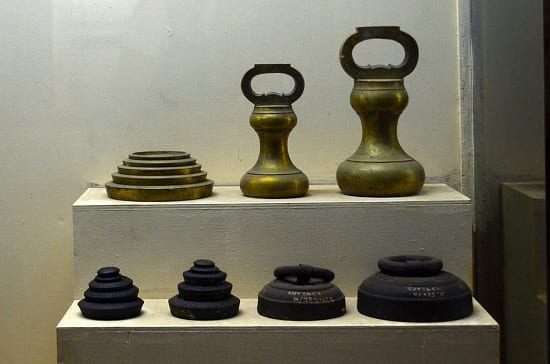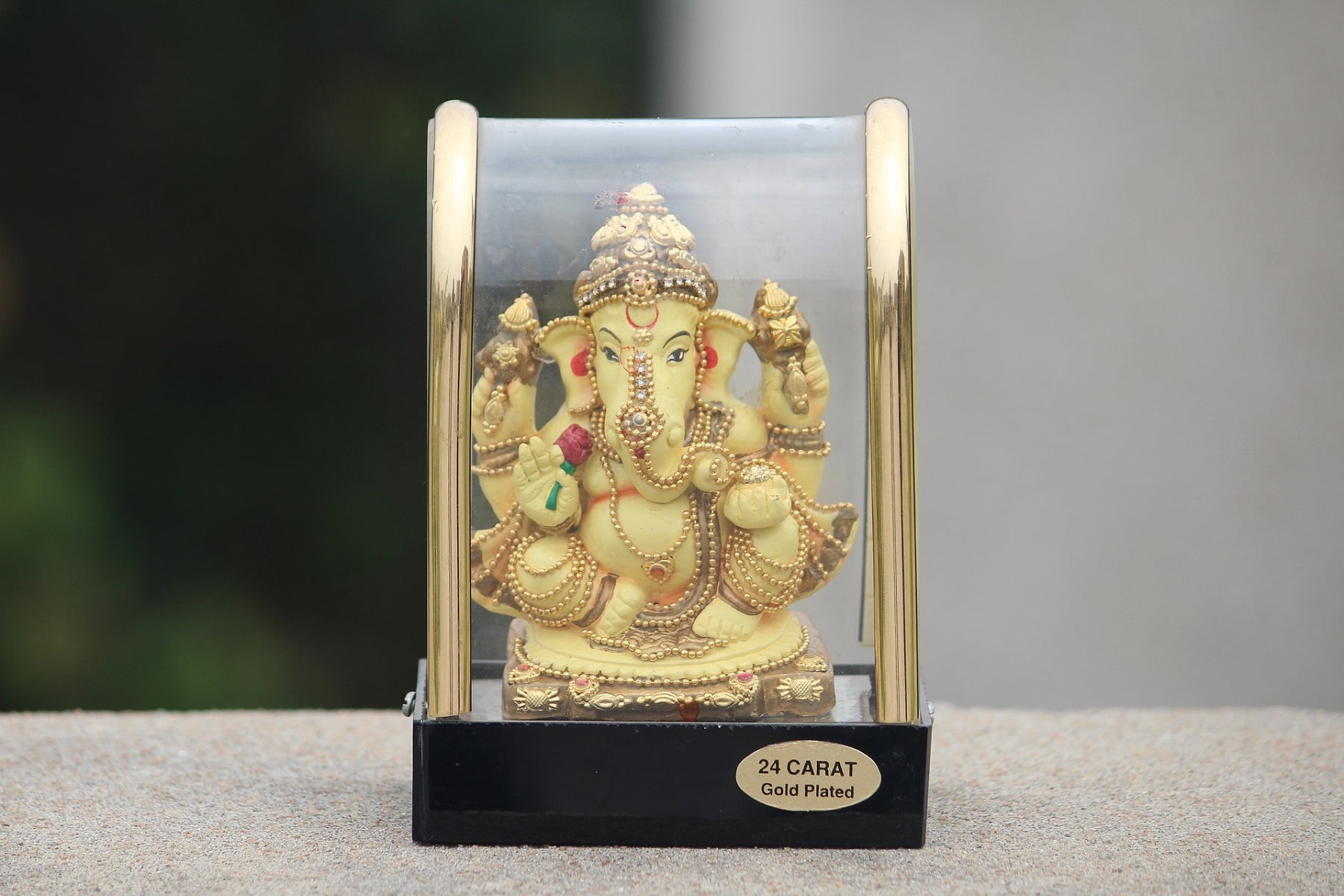How Many Types of Gold Carats are There?
07/06/2021Daniel Fisher
Free & fully insured UK Delivery. Learn more
Secure & flexible payments. Learn more

Buyback Guarantee Learn more
Gold has always been one of the most attractive asset classes pursued by investors. Throughout history, gold has been viewed as a great store of value and has delivered good returns for investors over the short and long term. Gold is today sold in a regulated market, based on a dynamically changing spot price, which is applicable across the world. Yet, when we buy gold and look at the spot price, this applies to pure gold, which is considered to be 99.9% pure or 24-carat gold. However, it is useful to understand the different types of carats that are available in the marketplace.
It is believed that the term ‘carat’ dates back to mediaeval times. The use of carob seeds was associated with the system of weighing things thousands of years ago. It is not known whether these seeds were used to measure the gold and other precious metals at the time. A weight of 200 mg was derived as the specific weight of a carat.
However, there is historical evidence of its use during the Greek and Roman periods. There are a total of 24 carats that make up pure gold. Numismatic research about the coinage used by the Romans has proved that these subdivisions were associated with the Roman Libra. Historians believe that the Libra was used to measure gold at the time and that it was equal to 24 silver coins, which the Romans called a ‘siliqua’. It is possible that the number 24 has been handed down from these ancient times.
During the 19th century, the German ‘Mark’ had a weight of 24 carats, equivalent to 4.8g.

Traditional gold weighing measures used in India
There is a total of 24 carats that make up pure gold. Each is of equal value and so is 1/24th pure gold by weight. Investment-grade gold is either 22 carat (most common amongst Sovereigns and other popular bullion coins) or 24 carats (now used for some 1oz bullion coins like the Britannia and most gold bars). Even 24-carat gold isn’t completely pure but instead will be somewhere in the region of 99.9% gold.
Pure gold is therefore represented by the number 24 in carats. Each is of equal value and so is 1/24th pure gold by weight. So, 18-carat gold is 18 parts pure gold, with the balance of six parts constituting other alloys and base metals. In reality, it is difficult to measure the actual purity of gold, using scientific methods. One way that has been used in modern times is the use of XRF (X-ray fluorescence). This scientific development analyses the purity of metals, based on the light reflected off them. However, only a surface evaluation is possible. Consequently, the industry still relies on reputed and reliable dealers for the supply of pure gold.
Investment-grade gold is either 22 carat (most common amongst Sovereigns and other popular bullion coins) or 24 carats (now used for some 1oz bullion coins like the Britannia and most gold bars). Even 24-carat gold isn’t completely pure but instead will be somewhere in the region of 99.9% gold. Jewellery can commonly be made of lower carat gold such as 9 carats and 18 carats which are more resilient than higher purities, cheaper and more suited to clasping precious stones.
Jewellery can commonly be made of lower carat gold such as 9 carats and 18 carats which are more resilient than higher purities, cheaper and more suited to clasping precious stones.
So, we can see that pure gold is often blended into an alloy with different base metals to make the gold harder. Pure gold is malleable and difficult to shape into jewellery. This is probably how alchemists started creating gold with varying degrees of purity over centuries.
A similar concept was used when minting coinage, as the metal needed to be resilient for public circulation. The higher the carat of gold, the greater is its purity. However, as we can see, this creates a practical problem when the metal is moulded into coins, bars, or jewellery.
FREE insider's tips for successful gold investing
Refiners must declare the purity number of gold, in addition to its carat value. 24-carat gold is simply considered to be the purest since it has a negligible percentage of other metals. In the UK, this is considered to be investment-grade gold with a purity of 999.9. The metal is distinctive due to its bright yellow colour and buyers will pay the highest price for this purity of gold. But, its density is also lower and due to its softness. 24-carat gold is unsuitable for manufacturing jewellery. Its use is most prevalent in manufacturing gold bars. When minting coins, a tiny amount of base metals is introduced in the mix to make the coins durable. Pure gold is in great demand for industrial uses, like the manufacture of electronics and medical devices.
Normally 22-carat gold will have a purity of 91.67%. This leaves 8.33% of other metals, which can be silver, zinc, copper, nickel, or other base metals. Jewellery manufacturers may not use it for making jewellery that holds precious stones. This is because 22-carat gold is still too soft to hold the stones in place.
22 carat purity has been the preferred choice for gold legal tender coins. This level of carat has a high enough level of gold content to do it’s job of providing intrinsic value and currency stability. But has enough alloy to prolong each coin’s usage expectancy when being handled for years.

An Indian Ganesha idol plated with 24-carat gold in parts
The percentage of gold is much lower in this form. 18-carat gold will usually have 75% pure gold mixed with 25% of base metals. It’s a lot less expensive than buying 22 or 24-carat gold. This is the preferred purity of gold used by jewellers, as it can withstand daily wear and tear. It has a warm yellow shine, which is great for manufacturing wedding bands and other ornamental jewellery.
This is a number that represents gold which is only 58.3% pure. The balance 41.7% in this form gold, comprises other metals like nickel or zinc. This form of gold is durable and sturdy and preferred by many to make jewellery. It is also more affordable and ideal for people with skin metal allergies.
It is the cheapest form of gold and has a pale tone due to the presence of base metals. Usually 10-carat gold will have at least 41.7% of gold. Since it has a gold level of 10 parts out of 24, it is called 10 carats. While it is more affordable, it also tarnishes easily.
It is widely used in the jewellery industry due to its affordability. When you purchase jewellery, the carat value will be clearly demarcated. Interestingly, US laws state that jewellery made from gold below 10 carats cannot be labelled as gold.
Physical Gold is a highly reputed gold dealer in the UK and we are always open to fielding queries from customers like you. Please call us on (020) 7060 9992 or drop us an email and we’ll be in touch.
Image Credits: Pxhere and SandeepHanda
Live Gold Spot Price in Sterling. Gold is one of the densest of all metals. It is a good conductor of heat and electricity. It is also soft and the most malleable and ductile of the elements; an ounce (31.1 grams; gold is weighed in troy ounces) can be beaten out to 187 square feet (about 17 square metres) in extremely thin sheets called gold leaf.
Live Silver Spot Price in Sterling. Silver (Ag), chemical element, a white lustrous metal valued for its decorative beauty and electrical conductivity. Silver is located in Group 11 (Ib) and Period 5 of the periodic table, between copper (Period 4) and gold (Period 6), and its physical and chemical properties are intermediate between those two metals.